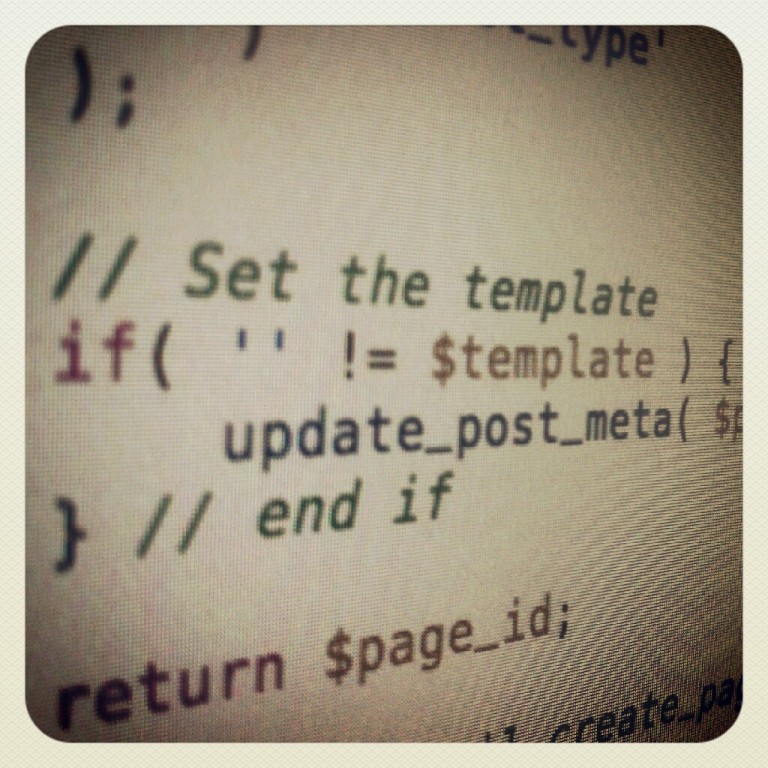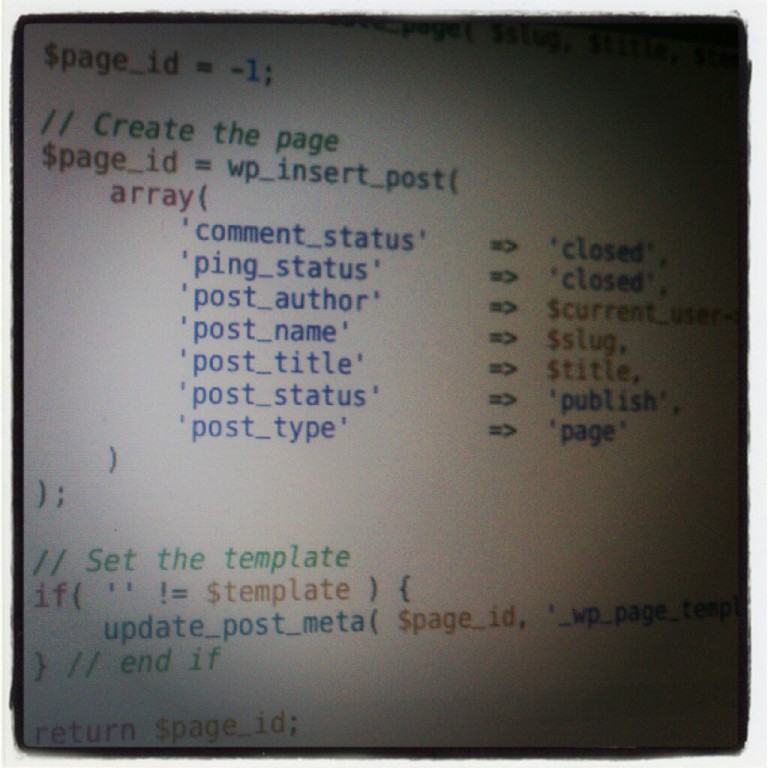As far as the WordPress community is concerned, developers tend to be divided on how plugins and themes should insert themselves into the WordPress menu.
On one hand, some feel that because WordPress offers the ability to insert custom menu items into existing menus, then plugin and theme content should follow suit and exist only in the predefined menu; however, others feel that because WordPress offers the ability to define custom menu items, then they should take advantage of it.
In fact, opinionated plugins have been written specifically for on this.
I don’t have a hard stance on this issue – though I tend to lean in the direction of adding new functionality to existing menus, I think that there are perfectly suitable cases for defining custom menus.
But if you’re going to define a custom menu item, then you should place it logically among the existing menu items: If you’re writing a theme, its menu should be placed near the ‘Appearance’ options rather than, say, the ‘Dashboard’ options. Then again, there are times where makes sense to isolate a menu item to its own section. In order to do this, a custom separator may need to be added in addition to the menu.
Adding a separator to the WordPress menu isn’t difficult and though there are a variety of ways to do it, the easiest way to do about doing so is using a couple of custom functions registered with the WordPress API.
Below, I give a working example for how to add a separator to the WordPress menu. I also look at how the default menu is structured, the proper way to add your own separator, and an example plugin for doing just that. If you’re an advanced developer, it may be more beneficial (and quicker!) for you to refer to the source code on GitHub.
Continue reading



